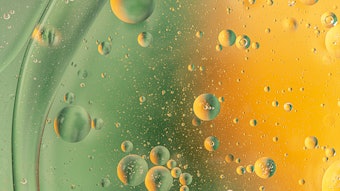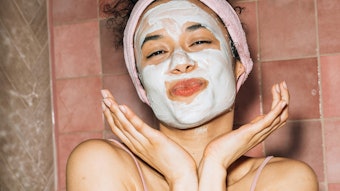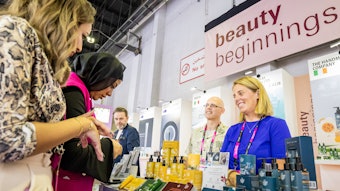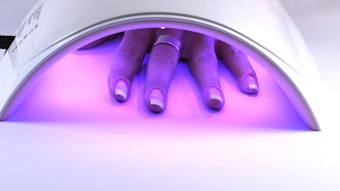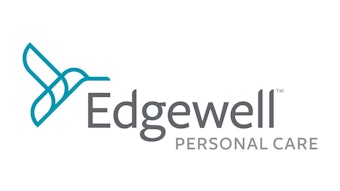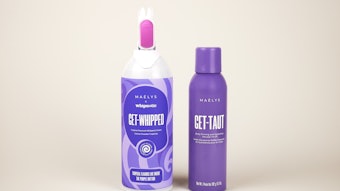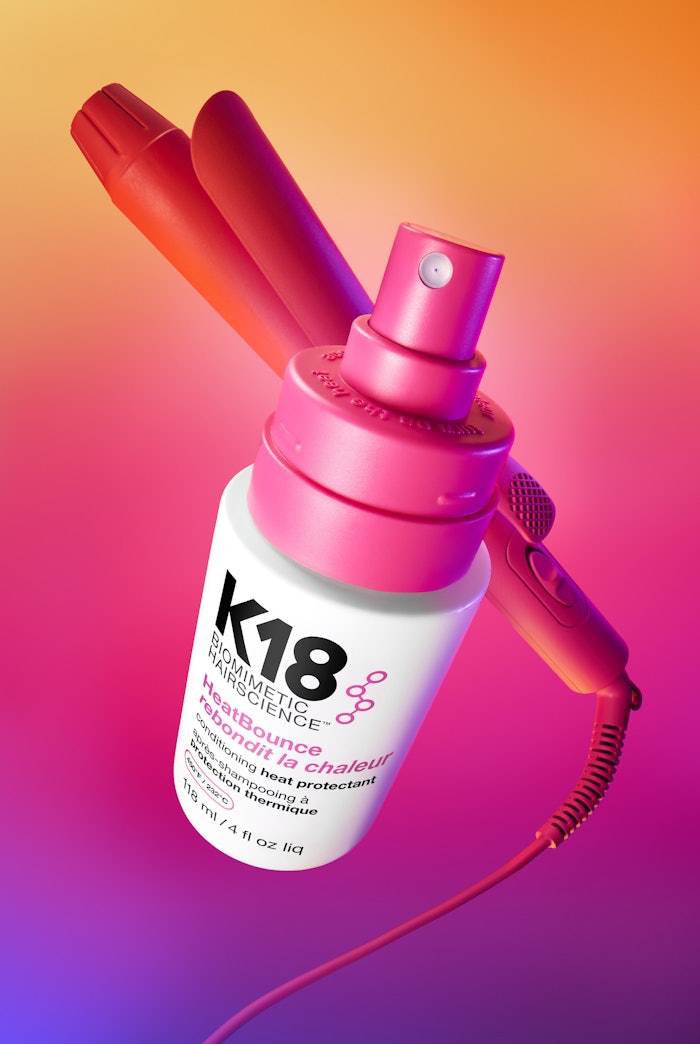
Unilever's beauty and well-being segment (accounting for 21% of turnover) saw a 3.7% sales growth in the first half of 2025, driven by a 1.7% increase in volume and 2.0% in pricing, with strong performance in well-being offsetting slower growth in beauty. Personal care (accounting for 22% of turnover) grew 4.8%, with Dove achieving high-single-digit growth.
Overall results beat sales expectations, per Reuters. The company has kept its full-year forecast unchanged.
Unilever's Beauty and Well-Being Update: Growth, Challenges, and Future Focus
Well-being saw strong, double-digit growth for the 21st consecutive quarter, led by brands like Liquid I.V. and Nutrafol, while skin care delivered low-single digit growth supported by Vaseline and Dove.
However, challenges in markets like China and Indonesia impacted performance in some categories, including hair care and select skin care brands, which experienced volume declines.
Prestige beauty remained flat, reflecting subdued market conditions, per Unilever. While brands like Hourglass, Tatcha and K18 achieved double-digit growth, others like Paula’s Choice and Dermalogica declined.
Underlying operating profit was €1.3 billion, a 3.7% drop from the previous year, with operating margins decreasing by 60 basis points due to increased investment in brand marketing and innovation, even as gross margins remained stable.
Looking ahead, beauty and well-being is focused on three priorities: enhancing core hair and skin care portfolios by emphasizing brand superiority, driving growth in prestige beauty and well-being categories through selective global expansion, and strengthening competitiveness via innovation and social-first consumer engagement.
Personal Care Performance: Profit Decline, Premium Growth and Strategic Focus
In personal care, underlying operating profit for the first half was €1.4 billion, down 9.8% from the previous year, impacted by disposals like Elida Beauty, which reduced personal care turnover by 5.8%.
The underlying operating margin decreased by 90 basis points, with gross margin improvements offset by increased brand investment, particularly in the United States and premium segments.
Dove led the performance with high-single-digit growth, supported by strong volume and positive pricing, while deodorants grew low-single digit due to positive volume and price growth, particularly with Dove’s double-digit increase driven by the launch of whole-body deodorants.
However, Latin America saw volume declines across categories, which impacted overall growth despite significant market share gains.
Skin cleansing posted low-single-digit growth, led by price increases, with Dove growing mid-single digit due to successful innovations like its premium serum shower collection.
Lifebuoy, however, saw volume declines due to commodity-driven price hikes, while oral care grew mid-single digit, led by Pepsodent and Close Up.
Looking ahead, personal care's strategy continues to focus on developing science-led, superior brands across deodorants, skin cleansing and oral care, emphasizing innovation, premium product expansion, partnerships and digital growth channels.
!['Snoopy and Woodstock are cherished [characters] across generations and pairing them with our most-loved body care essentials creates a collection that feels classic with a modern twist. This launch is about celebrating our community with something unforgettable while starting an exciting new era for the brand,' said Luis Garcia, Chief Marketing Officer.](https://img.gcimagazine.com/mindful/allured/workspaces/default/uploads/2025/10/tree-hut-peanuts-fullcollection-fall26-1x1-1253.lGcuurUszp.jpg?auto=format%2Ccompress&fit=crop&h=191&q=70&w=340)
